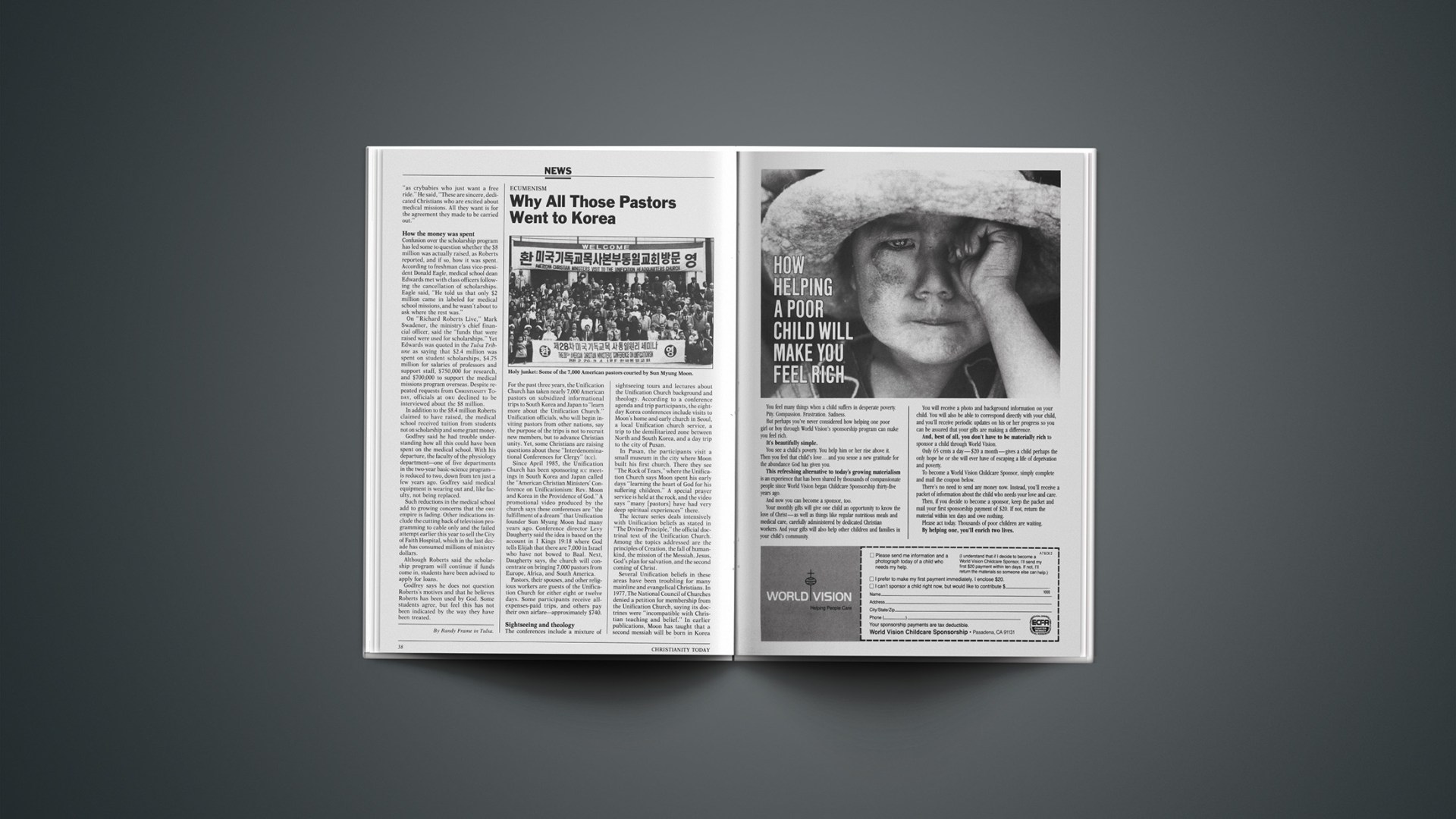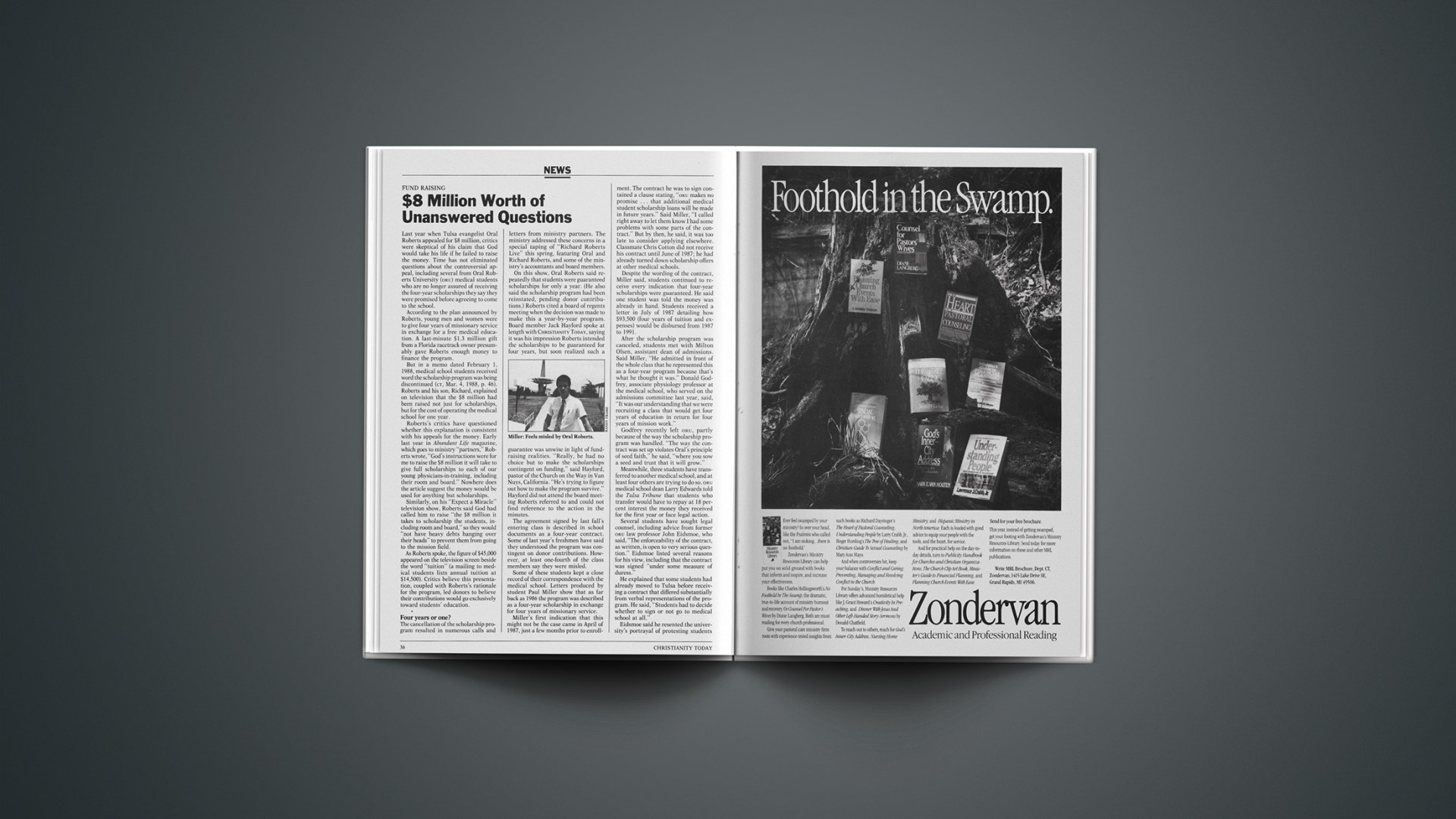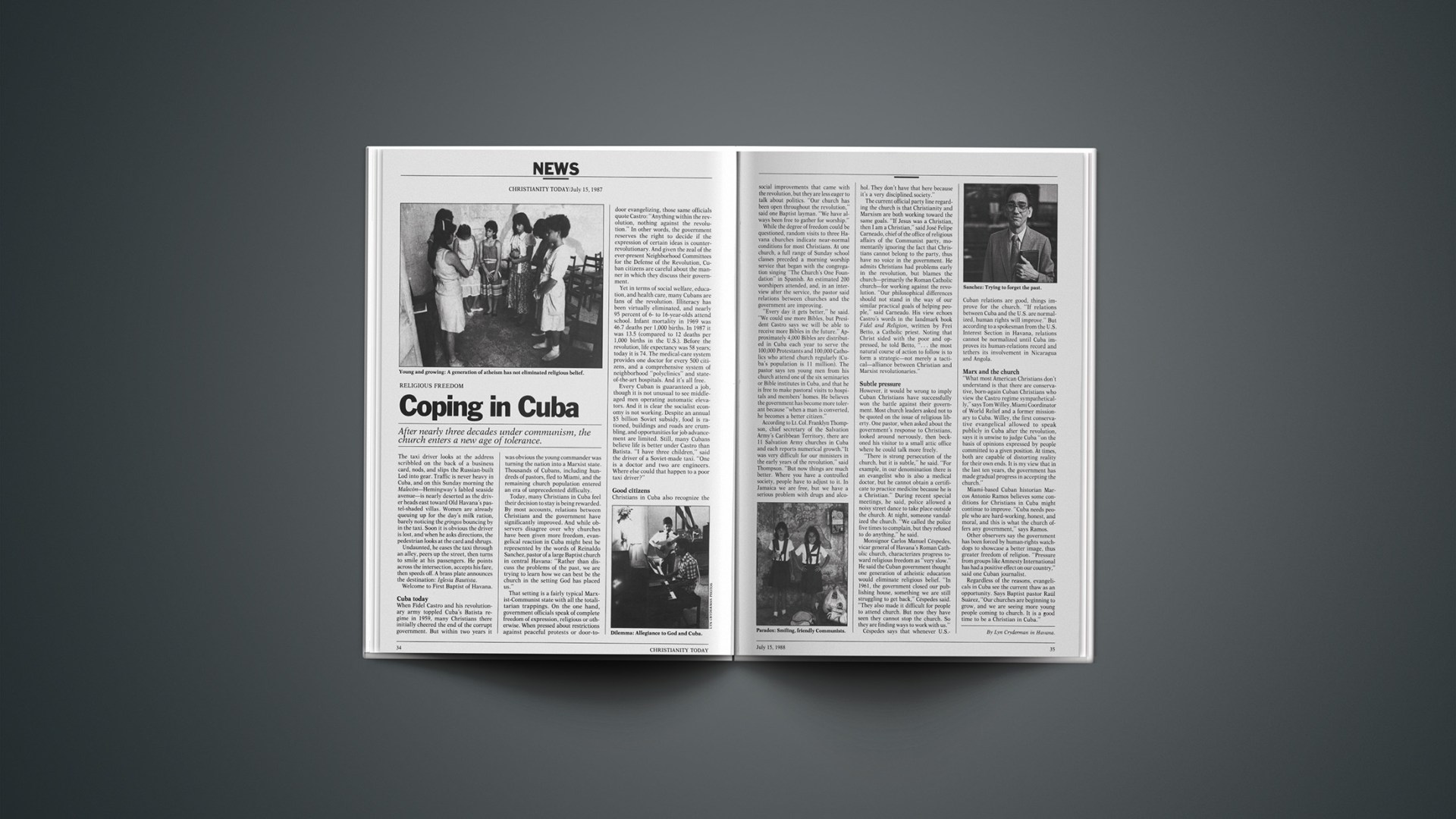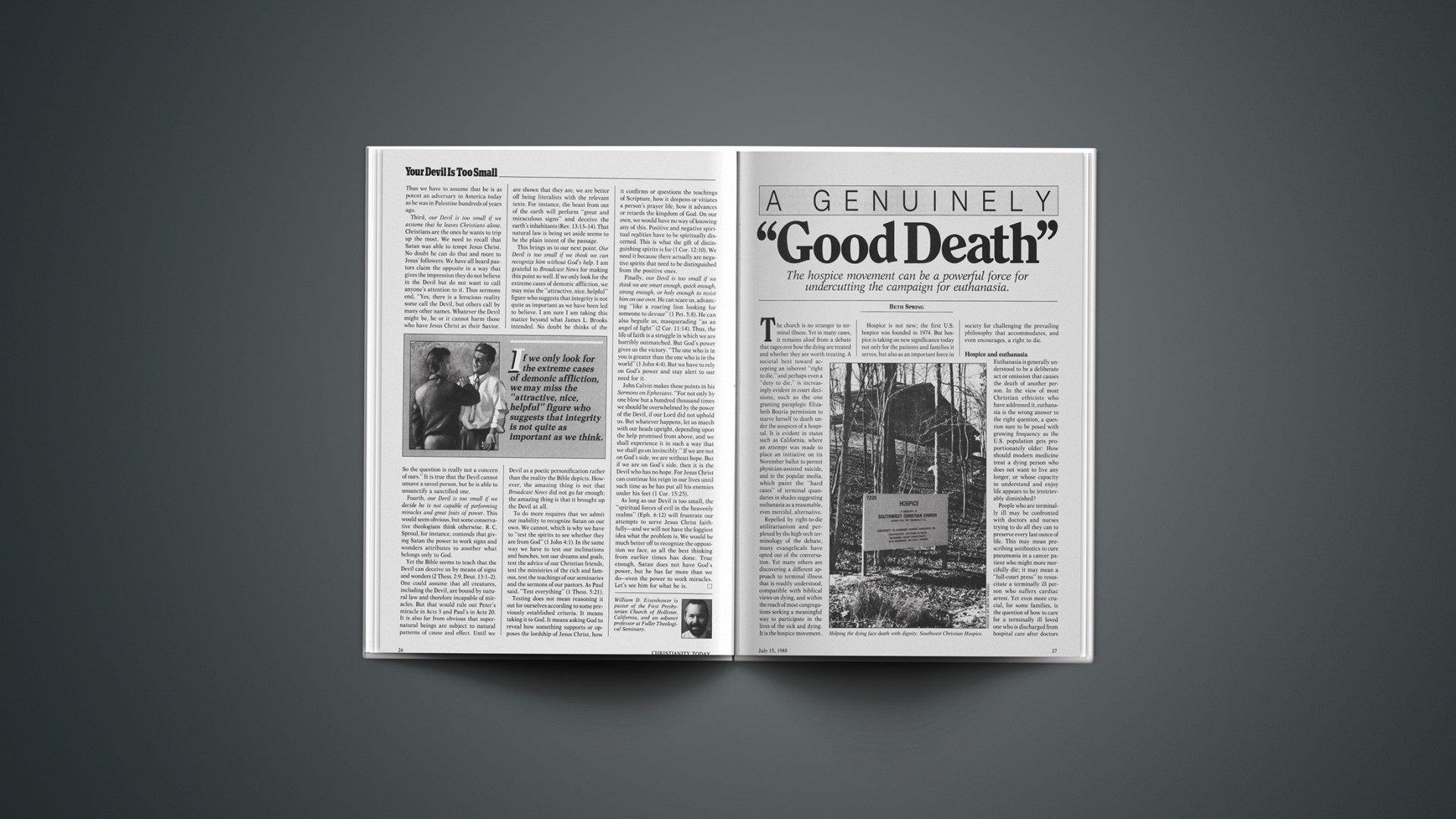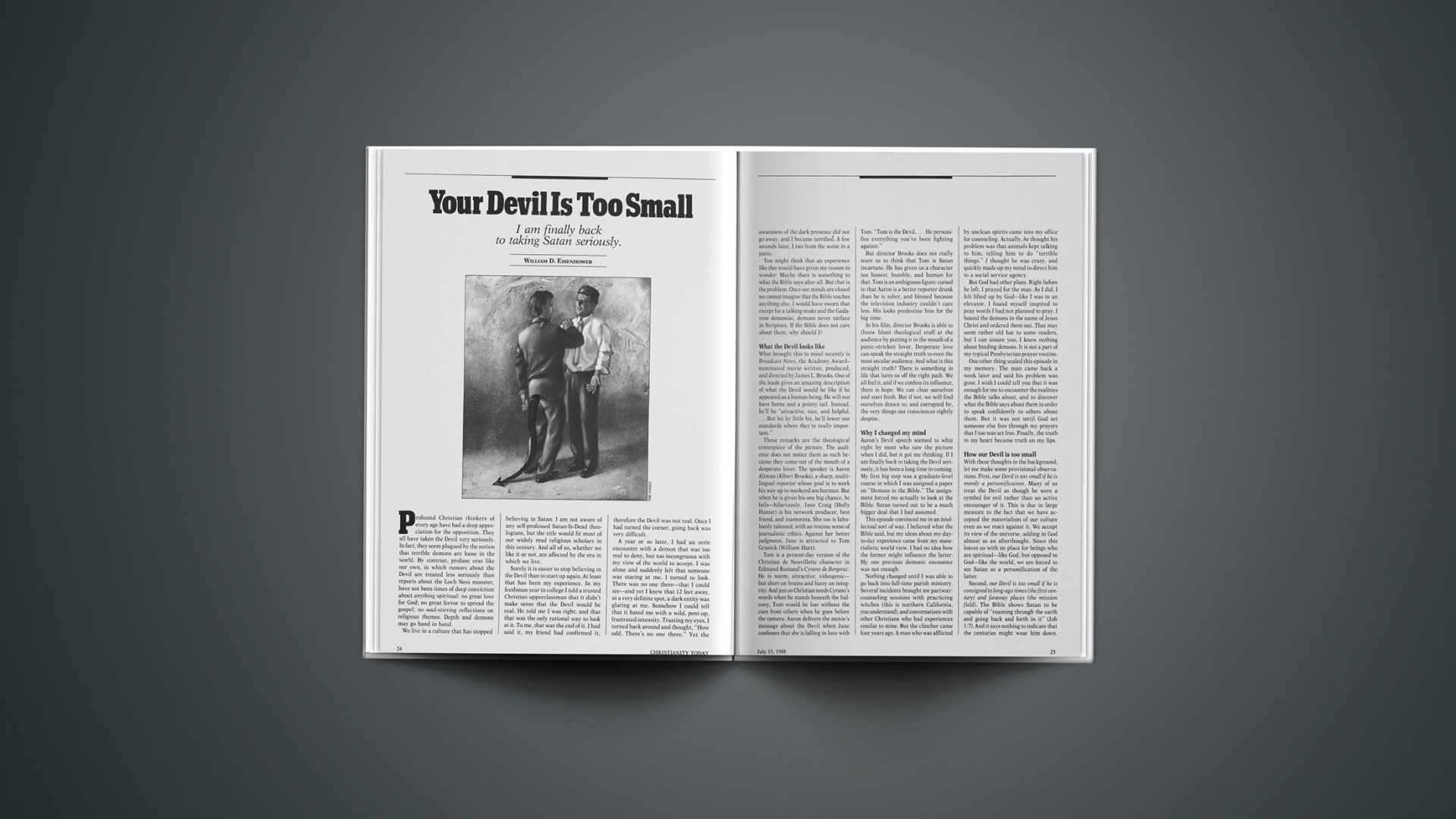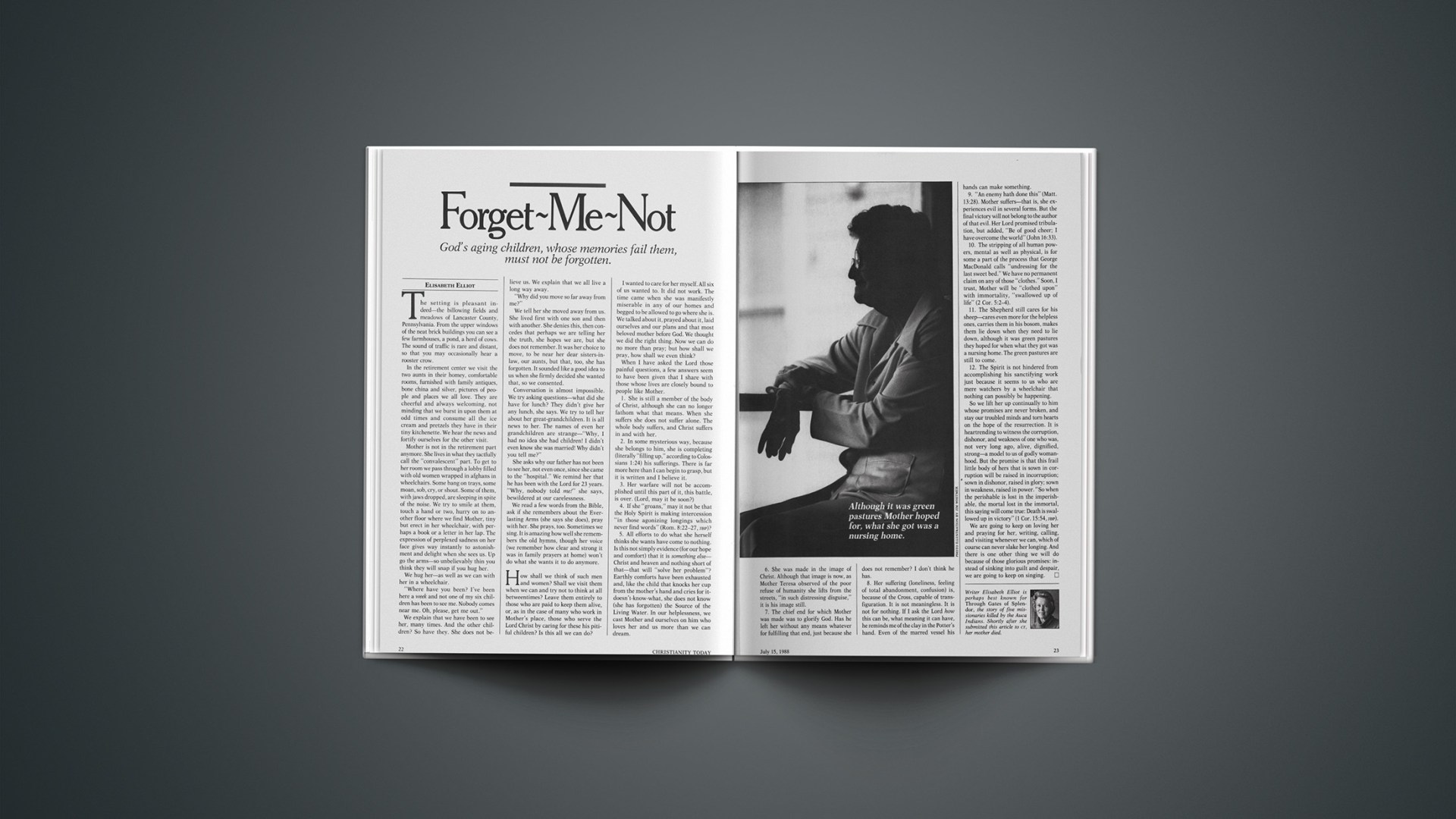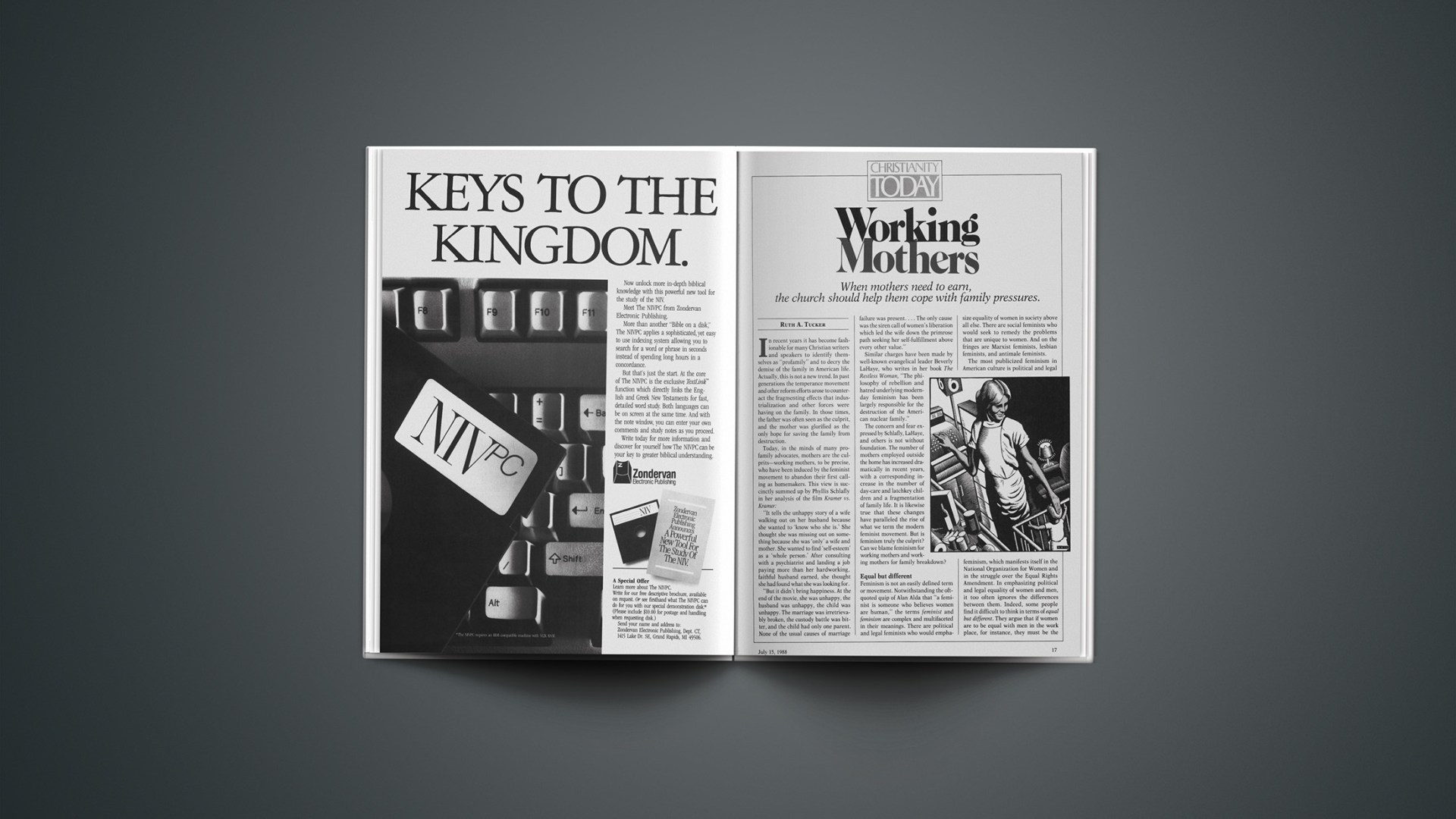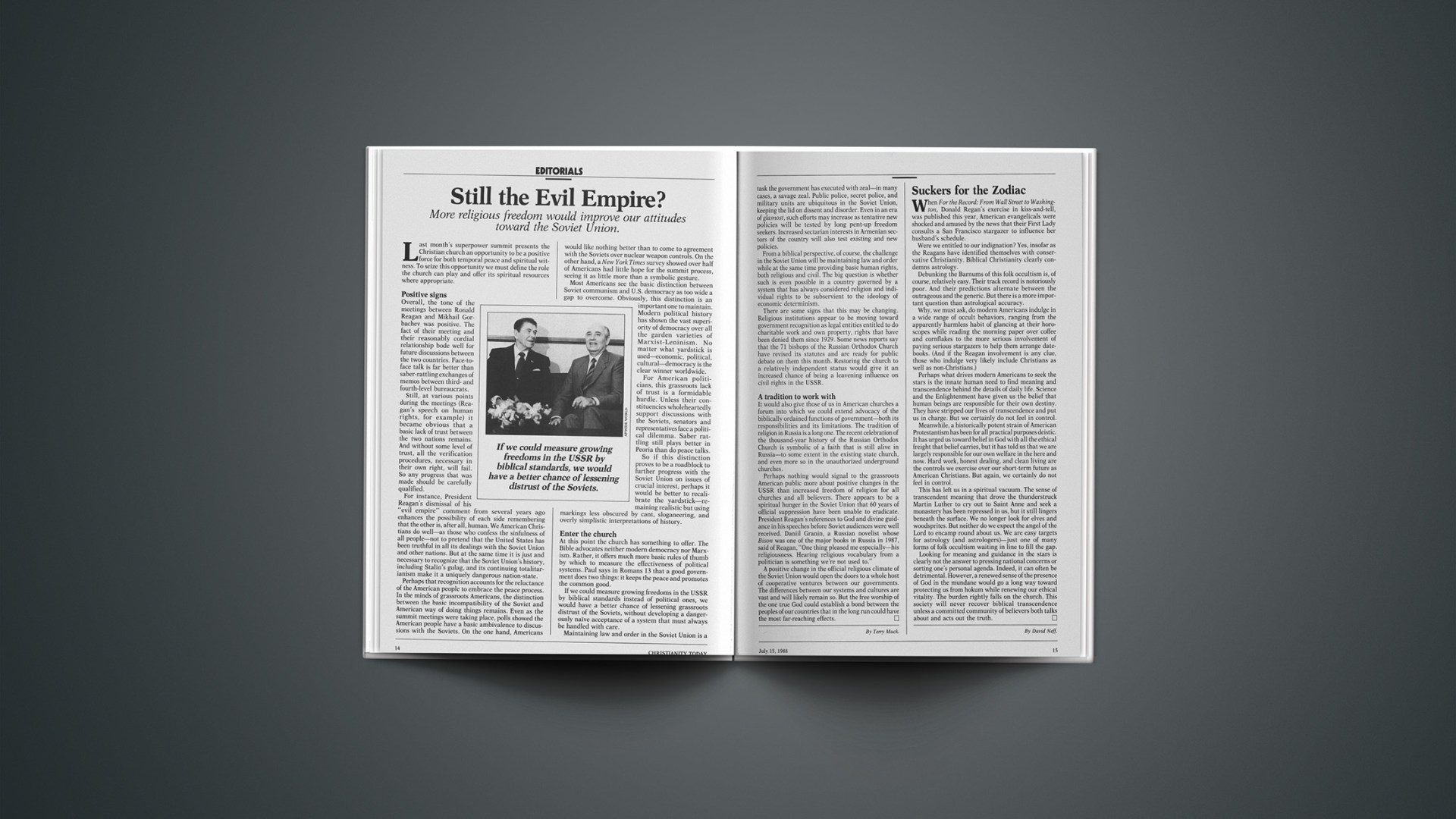OBITUARY
Later this month, Christians will gather in Washington, D.C., to consider the leadership needs of the church. In so many words, the organizers have admitted the old guard is dying off and a new crop of leaders is needed to guide the movement into the next century.
That unpleasant thought was made more poignant on June 3 when Clyde W. Taylor, 83, a pioneer of modern evangelicalism, died at his home in Arnold, Maryland, after a long illness.
For more than 40 years, Taylor, known widely as “Mr. NAE,” served evangelicals through the National Association of Evangelicals (NAE). He also contributed significantly to the founding of both World Relief Corporation and the National Religious Broadcasters. His other leadership positions included serving as secretary of NAE’s Office of Public Affairs in Washington, D.C.; executive secretary of the Evangelical Foreign Missions Association (EFMA); general director of NAE; general secretary of World Evangelical Fellowship (WEF); and member of the American Bible Society’s board of directors.
Ordained to the ministry in the Baptist church in 1930, Taylor pastored Central Baptist Church in Quincy, Massachusetts, and taught at Gordon College of Theology and Missions.
Taylor’s many ministry pursuits were motivated by his desire to share the gospel with others, especially those in other nations. He served three terms on the mission field, first among the Inca and Campa Indians of Peru, and later in an unevangelized area of Colombia, where he founded the Bethel Bible Institute. “He was friend and counselor to the leaders of missions, encouraging them and providing them with challenge and vision in the world task,” said the current EFMA executive director, Wade T. Coggins. “For those who have worked closely with him there is a real sense of personal loss.”
It was his contribution to NAE’S early years that many regard as critical to the success of the then-struggling organization. In 1943 he began working in Washington, D.C., to assist foreign mission agencies. “We had nobody showing us how to do it,” Taylor once said, “so we just used our imagination and saw if it would work.” The Washington office was an almost immediate success as Taylor and his friends in government helped obtain passports and visas for missionaries hampered by wartime travel restrictions. He also helped write key immigration legislation and challenged the Federal Council of Churches in their attempts to gain a monopoly in religious broadcasting. “Not only was Clyde Taylor the leading missionary statesman of the evangelical movement, but he is revered as a broadcasting pioneer since he served as a founder of the National Religious Broadcasters [NRB],” said NRB Executive Director Ben Armstrong. “His homegoing is a great loss to Christendom.”
Even after his retirement in 1975, Taylor continued as chairman of the U.S.A. WEF Committee and served as an international representative of the World Relief Corporation. And his counsel was regularly sought as he continued with NAE’S board of administration as member emeritus. “Clyde Taylor leaves behind an imprint for good upon the entire spectrum of evangelical activity,” said Billy A. Melvin, executive director of NAE. “He was a noble example of faithfuless in Christian service.”
Taylor is survived by his wife, Ruth, and four children. A memorial fund has been established for the Clyde Taylor Chair of Missions at Fort Wayne Bible College in Fort Wayne, Indiana.



